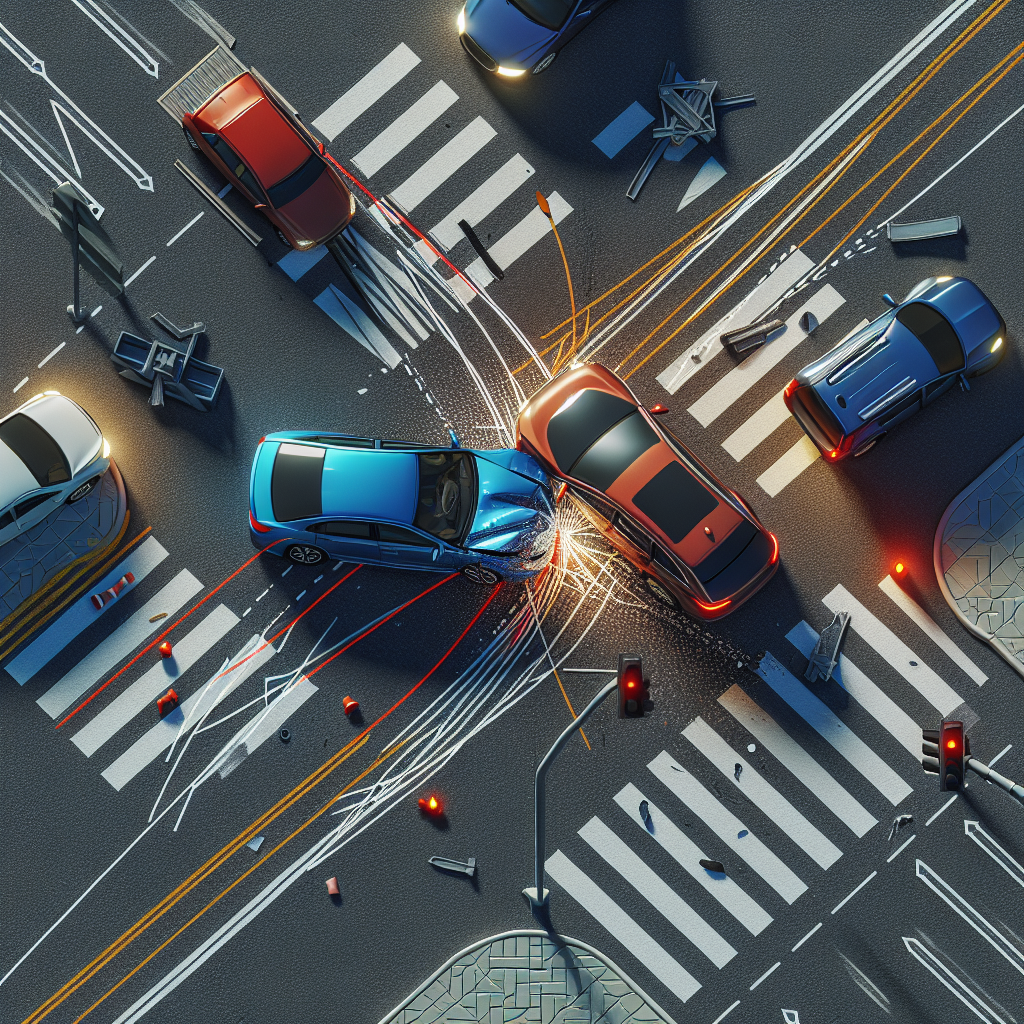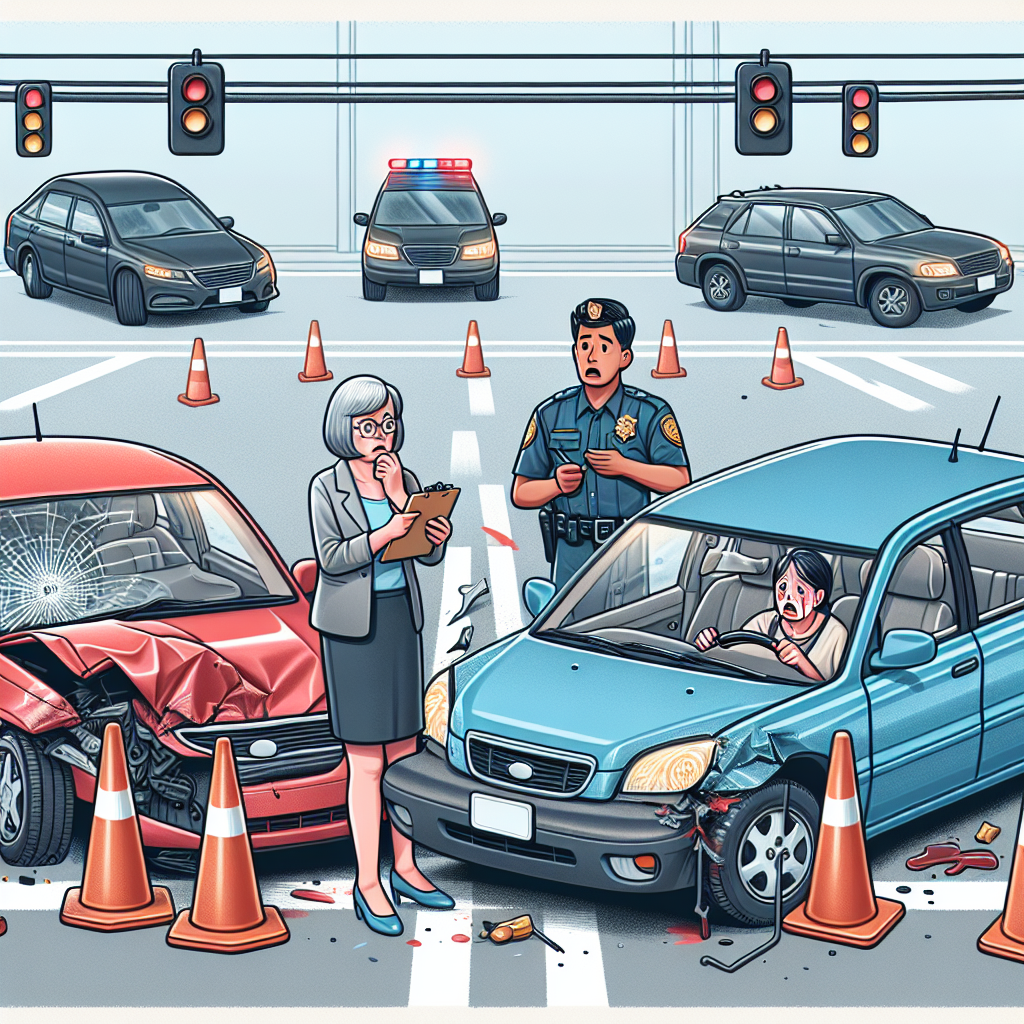-
Table of Contents
Determining Fault in Car Accidents

Car accidents are unfortunately a common occurrence on roads around the world. When an accident happens, one of the most important aspects to consider is determining who is at fault. This determination plays a crucial role in insurance claims, legal proceedings, and the overall resolution of the accident. However, determining fault in car accidents can be a complex process that requires careful investigation and analysis. In this article, we will explore the various factors that are considered when determining fault in car accidents, including relevant examples, case studies, and statistics.
1. The Role of Traffic Laws
Traffic laws serve as a foundation for determining fault in car accidents. These laws are designed to ensure the safety of all road users and provide a framework for responsible driving. When an accident occurs, the first step is to assess whether any traffic laws were violated by either party involved. For example, if one driver ran a red light and collided with another vehicle that had the right of way, the driver who ran the red light would likely be considered at fault.
It is important to note that traffic laws can vary from one jurisdiction to another. Therefore, it is crucial to consider the specific laws applicable to the accident location when determining fault. For instance, in some states, a “no-fault” system is in place, where each party’s insurance company pays for their respective damages regardless of who caused the accident.
2. Eyewitness Testimony
Eyewitness testimony can provide valuable insights into the events leading up to a car accident. Witnesses who were present at the scene can provide their account of what they saw, which can help determine fault. However, it is important to consider that eyewitness testimony may not always be completely accurate. Factors such as stress, bias, and limited visibility can affect the reliability of eyewitness accounts.
Despite these limitations, eyewitness testimony can still be a valuable piece of evidence when determining fault. For example, if multiple witnesses provide consistent accounts that align with other evidence, such as skid marks or damage patterns, it can strengthen the case for determining fault.
3. Police Reports and Accident Reconstruction
When a car accident occurs, it is common for law enforcement officers to respond to the scene and create a police report. These reports document important details about the accident, including the parties involved, the location, and any violations of traffic laws. Police reports can provide an objective perspective on the accident and can be a crucial piece of evidence when determining fault.
In addition to police reports, accident reconstruction can also play a significant role in determining fault. Accident reconstruction involves analyzing physical evidence, such as skid marks, vehicle damage, and road conditions, to recreate the sequence of events leading up to the accident. This process can help identify factors such as speed, braking, and the point of impact, which can aid in determining fault.
4. Video Footage and Surveillance Cameras
In recent years, the prevalence of video footage and surveillance cameras has increased significantly. These recordings can provide valuable evidence when determining fault in car accidents. Video footage can capture the events leading up to an accident, providing an unbiased account of what occurred.
For example, dashcam footage has become increasingly popular among drivers. Dashcams are small cameras mounted on the dashboard or windshield of a vehicle, recording the road ahead. In the event of an accident, dashcam footage can provide crucial evidence, especially when there are conflicting accounts of what happened.
In addition to dashcams, surveillance cameras installed in public areas, such as traffic intersections or parking lots, can also capture accidents. These recordings can be used to determine fault by providing an objective view of the events leading up to the accident.
5. Contributory and Comparative Negligence
When determining fault in car accidents, it is important to consider the concepts of contributory and comparative negligence. These legal principles allocate fault between the parties involved based on their level of negligence.
Contributory negligence is a legal doctrine that states if a person’s own negligence contributed to the accident, they may be barred from recovering any damages. For example, if a driver was speeding and collided with another vehicle that made an illegal lane change, the driver’s own negligence may prevent them from recovering damages.
Comparative negligence, on the other hand, allows for the allocation of fault based on the percentage of negligence of each party involved. This means that even if a person is partially at fault for an accident, they may still be able to recover damages, although the amount may be reduced. For instance, if a driver was found to be 30% at fault for an accident, they may only be able to recover 70% of the damages.
Summary
Determining fault in car accidents is a complex process that involves considering various factors, including traffic laws, eyewitness testimony, police reports, accident reconstruction, video footage, and the concepts of contributory and comparative negligence. By carefully analyzing these factors, insurance companies, legal professionals, and law enforcement officers can determine who is at fault and allocate responsibility accordingly.
It is important to remember that each car accident is unique, and the determination of fault may vary depending on the specific circumstances. Therefore, it is crucial to conduct a thorough investigation and consider all available evidence when determining fault in car accidents. By doing so, we can ensure a fair and just resolution for all parties involved.



